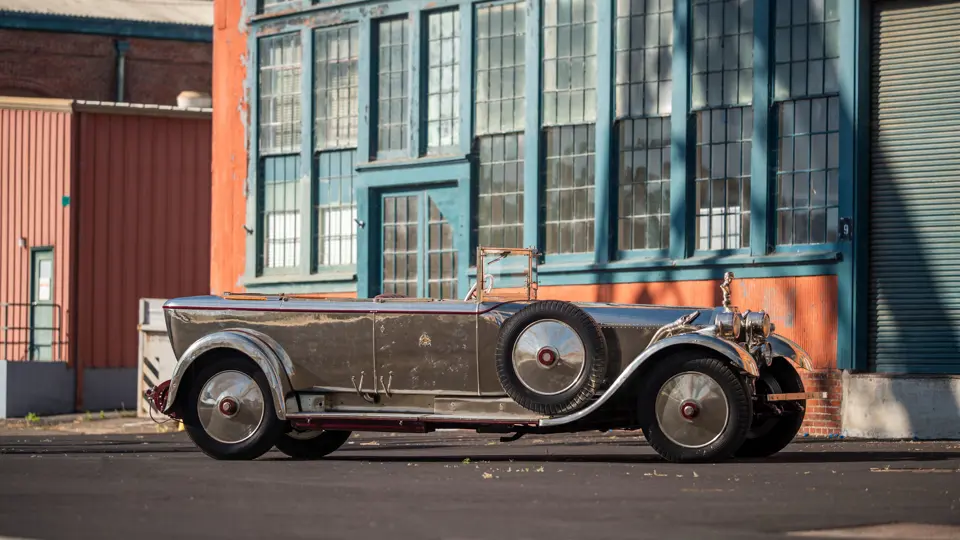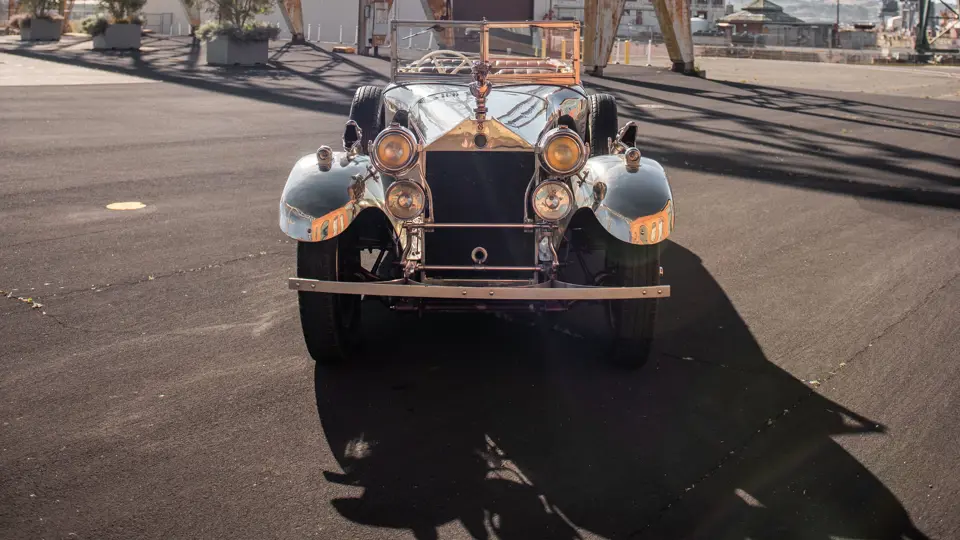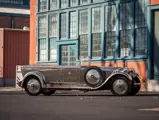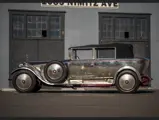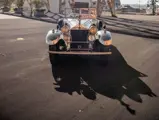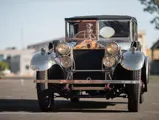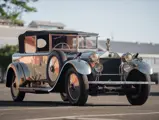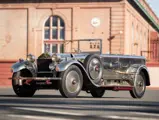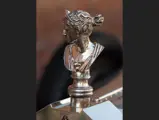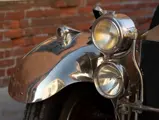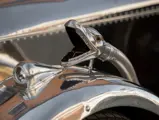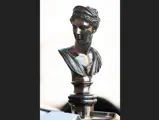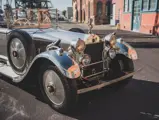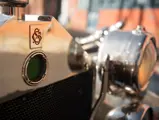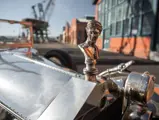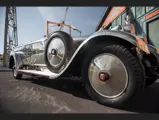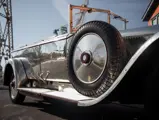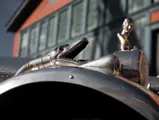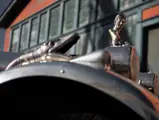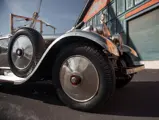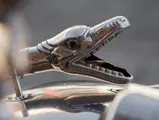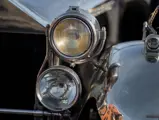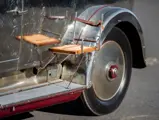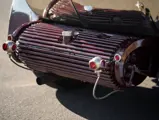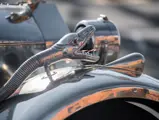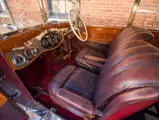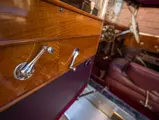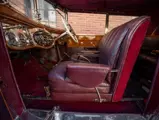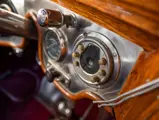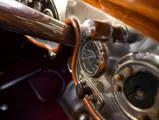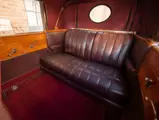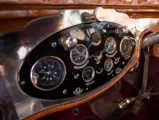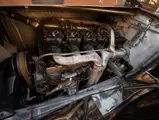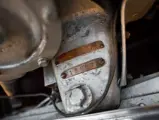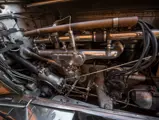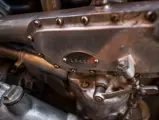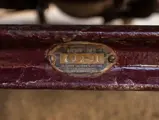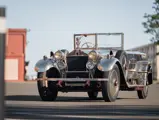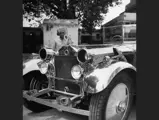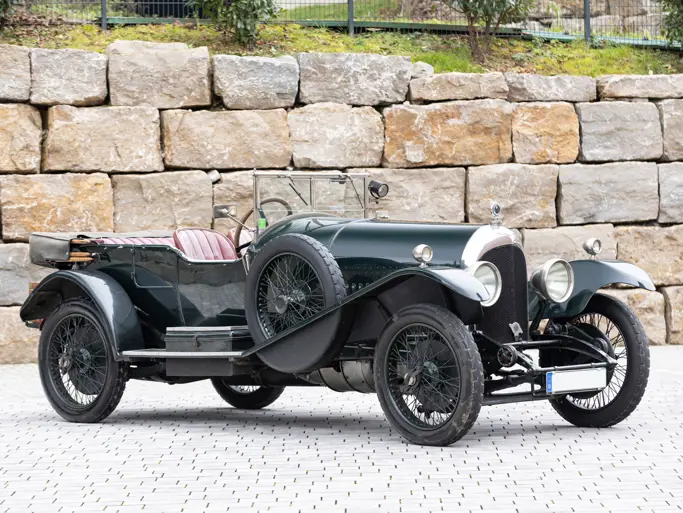
1926 Daimler 45 HP Salon Cabriolet "Star of India" by Barker
{{lr.item.text}}
$880,000 USD | Sold
Offered from Masterworks of Design
{{bidding.lot.reserveStatusFormatted}}
- Built for Gulab Singh, the Maharaja of Rewa
- Marvelously detailed and outfitted coachwork of polished German silver, as-original
- Outfitted for regular use by the Maharaja in hunting expeditions
- One of the most extraordinary surviving examples of British custom coachwork
- A Classic Car Club of America (CCCA) Full Classic
Major-General His Highness Samrajya Maharajadhiraja Bandresh Shri Maharaja Sir Gulab Singh Ju Deo Bahadur of Rewa was one of numerous state leaders of India during the British Raj who enjoyed a life of almost unimaginable splendor and luxury. This extended to fine automobiles, of which Maharaja Gulab Singh was a passionate enthusiast, acquiring Hispano-Suizas, Rolls-Royces, and in particular examples of Daimler, then the favored marque of the British Royal Family.
Among the Maharaja’s most famous motorcars is the Daimler offered here. The chassis alone, a 45 HP model with a sleeve-valve six-cylinder engine, was acquired by the Maharaja at a cost of £1,400 (or about $7,000) and delivered to Barker & Company of London, which mounted a handsome “salon cabriolet” built to the royal’s immaculate specification.
The Daimler’s bodywork was built of sheets of German silver formed over an intricate inner wooden frame, with a single door provided on the passenger side, folding front bucket seats, and a capacious rear seat for the owner. Elaborate woodwork and fine leather were used throughout. The design incorporated a convertible top that disappeared under a tonneau, in the fashion popularized by European coachbuilders Castagna and Saoutchik, as well as two separate sets of windows, running parallel to one another. One set of windows was of clear glass, for use with the Maharaja aboard; the second was of darkly smoked Triplex, so-called “purdah” glass, for when the Maharaja’s two wives were riding and were to be hidden from their husband’s constituents.
The dashboard was outfitted not only with a speedometer and tachometer, but also gauges to measure oil and air temperature, a Radamax spark plug tester, and a gradient meter to measure the Daimler’s angle on terrain, which one writer described as “giving the appearance of a dirigible control room.” Rattan seats were fitted to the running boards for the carrying of attendants and gunbearers, while the front fenders carried electric “boa constrictor” horns and two pairs of Lucas lights to sear their way through the Indian night. Lantern-like Toby taillamps took up the rear, and the Maharaja’s crest announced his presence to all comers.
At its completion the Daimler was featured in a drawing in the June 1927 issue of Vanity Fair, titled “The Car of an Indian Potentate” and with an admirably accurate caption. While it was a popular conceit of 1960s restorers to finish Rolls-Royces retrieved from India as “tiger-hunting cars,” the Rewa Daimler was, actually, used for that princely sport of shikar. A photograph of the car taken in the Maharaja’s ownership by James Burke for Time-Life Pictures shows it with an attendant and notes that it was “used by the Maharaja of Rewa for tiger hunting.” Further, a second photograph, reportedly taken for National Geographic during the 1960s, shows the car in India already with all of its present accessories, less the rather imposing radiator cap and with tinted glass in the upper headlamps.
Gulab Singh and his Daimler ruled in Rewa until 1942, when his reign fell apart over accusations of murder, bribery, and thievery from state funds; he was soon exiled and deposed. The Daimler remained in the area until the early 1970s, used first by the Maharaja’s successor and subsequently in religious events. It was long rumored that it was trapped in the jungle and retrieved in a giant sling supported at the corners by four elephants—a wonderful but apocryphal story. It appears from the 1960s photographs that the car never fell to such ruin; its restoration seems to have been largely cosmetic and sympathetic, with areas of original finishes still visible throughout, and the body itself indicating little evidence of mistreatment. The Dunlop tires are, if not original—unlikely at this point—at least of the period. When tested recently, the Daimler started and drove readily, though it is advised that the car will likely require further servicing prior to extensive road use.
Affectionately known as “The Star of India” to enthusiasts, this is a marvelous automobile, combining all that one seeks in a Classic: an extraordinarily well-engineered and durably built chassis, ornate coachwork of dramatic proportions, and, to a literal extent, all the bells and whistles. It is tempting to say that it would be a dramatic addition to any concours, yet that seems a shame of a fate for one of the few Full Classics that could, still, be driven into another kind of field—one’s faithful Purdey close at hand.




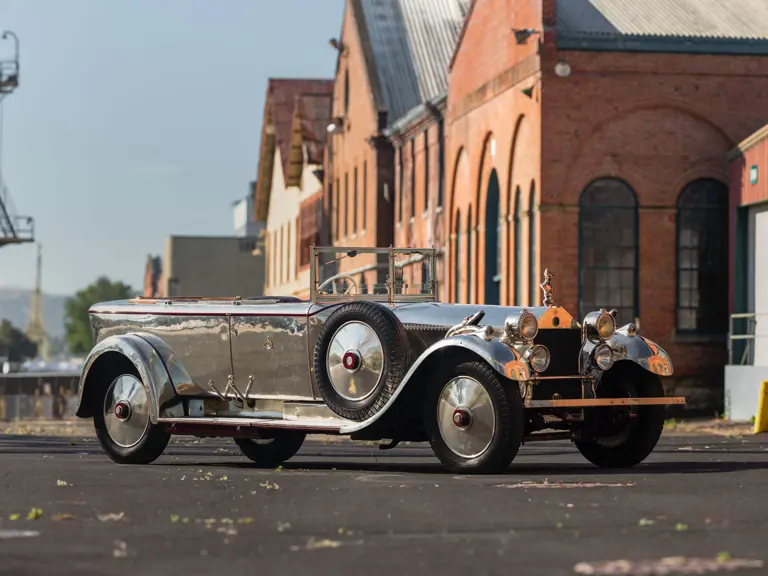
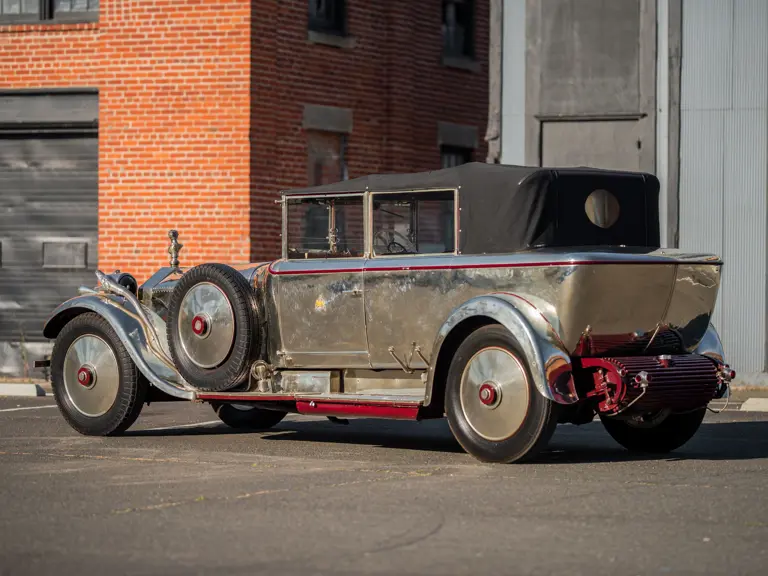
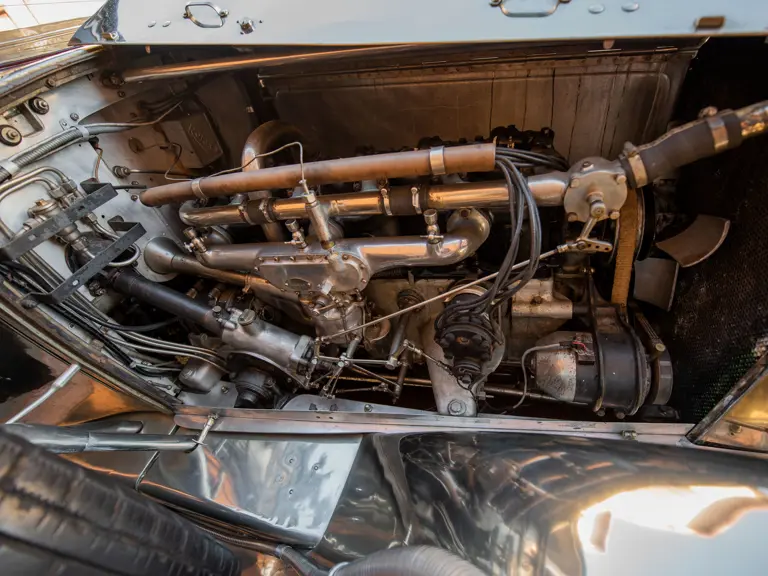

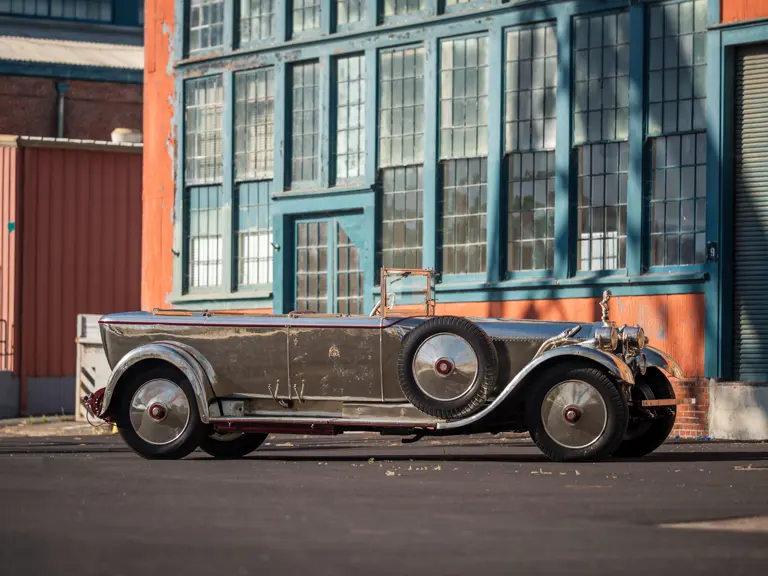
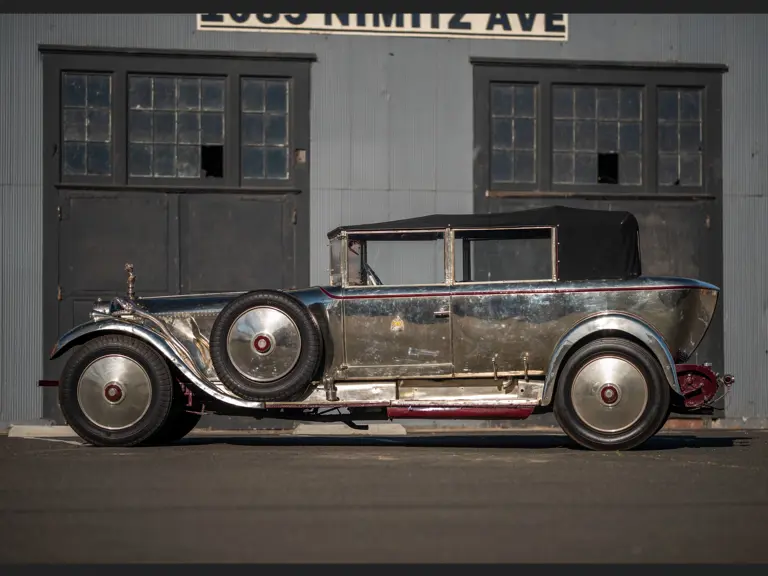
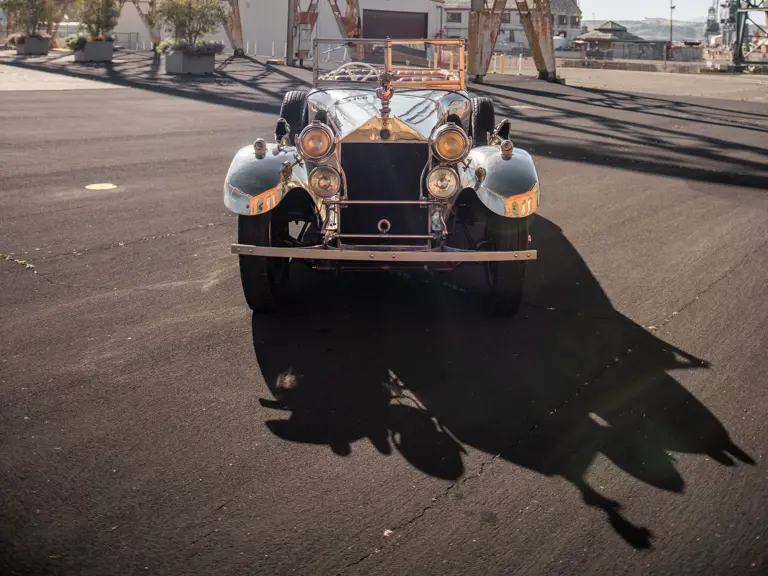

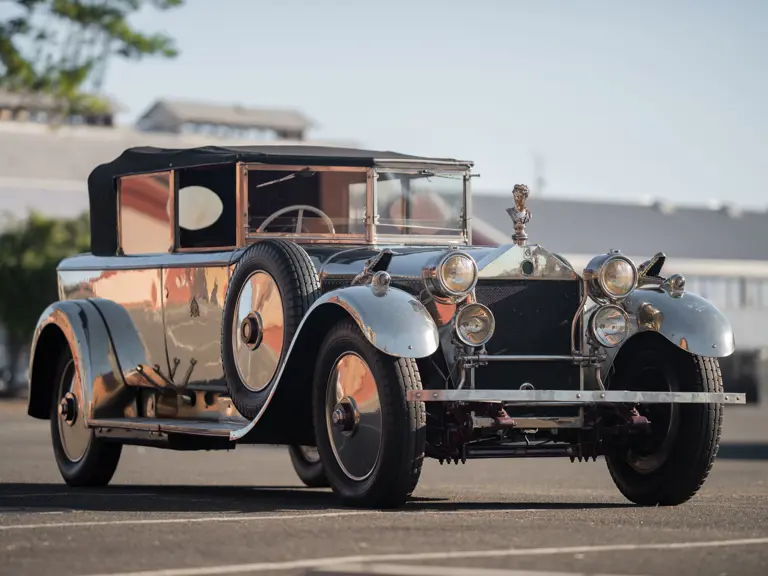
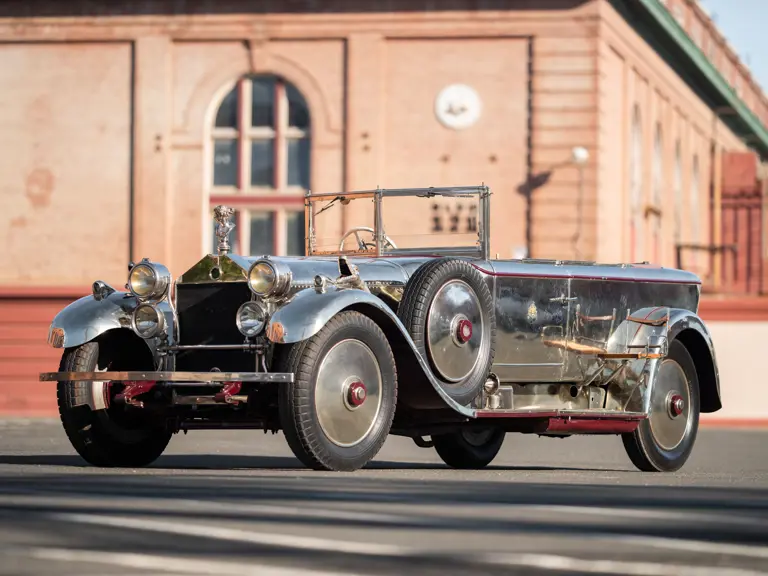
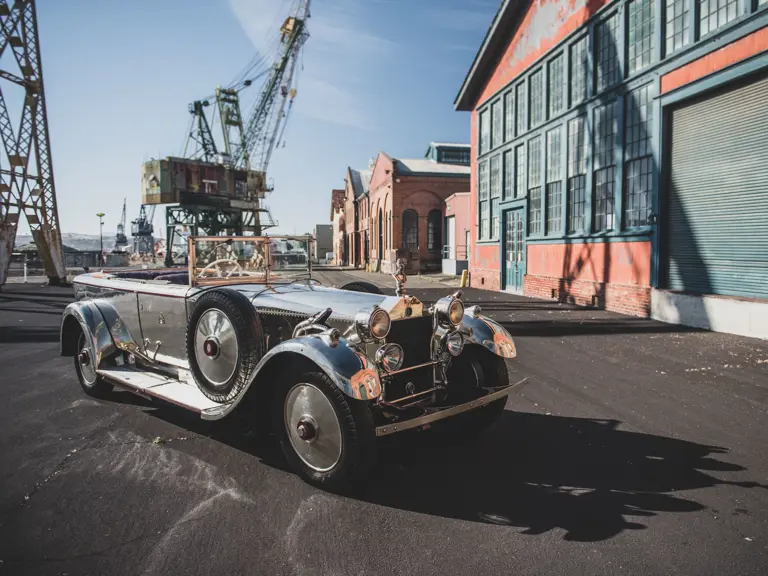
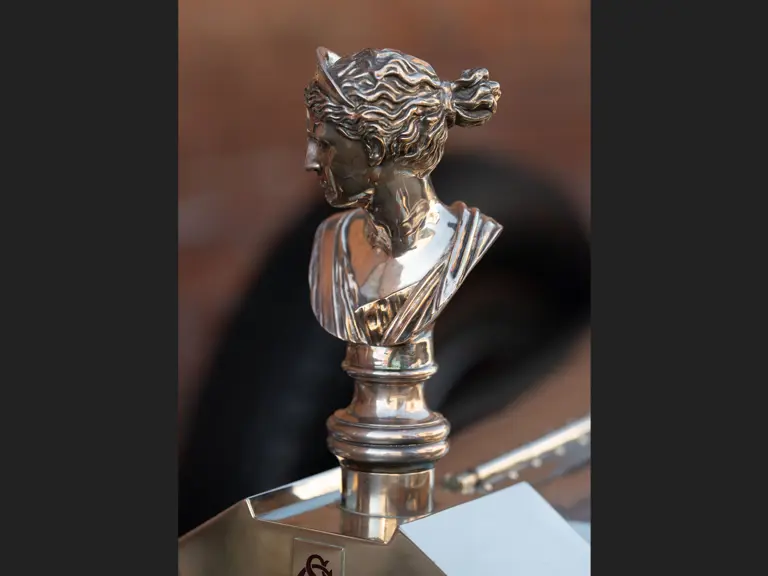
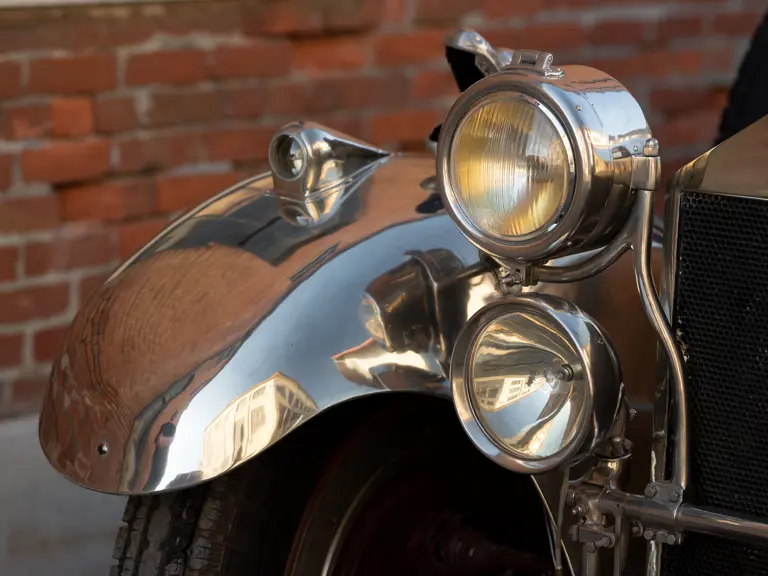
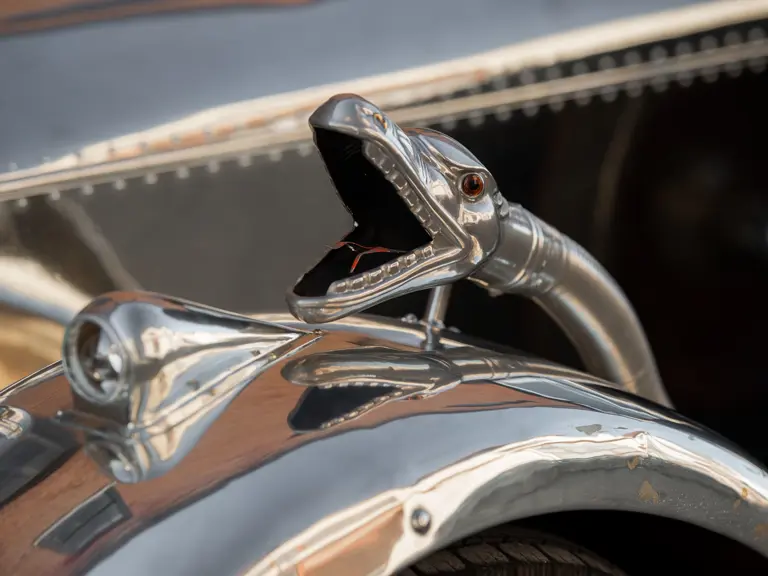
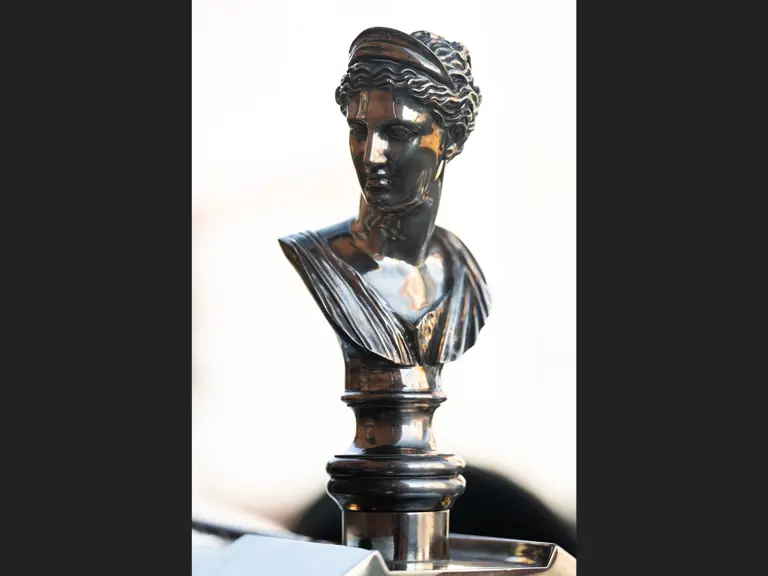
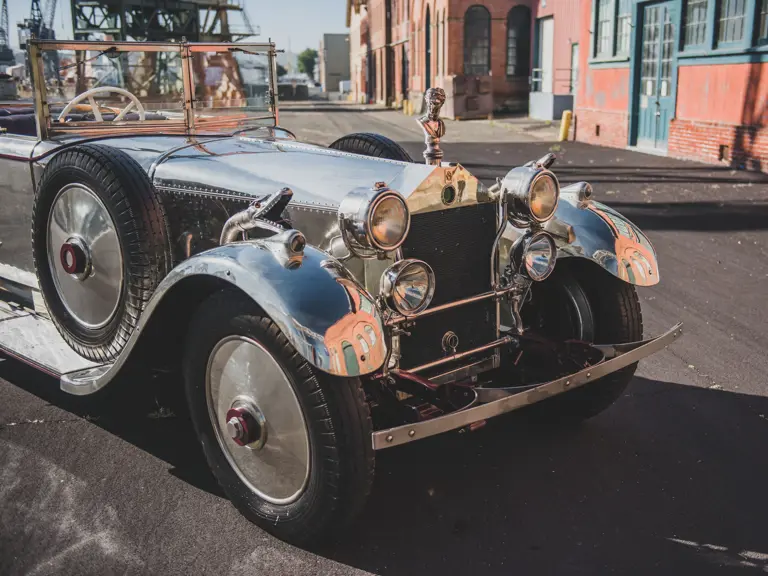
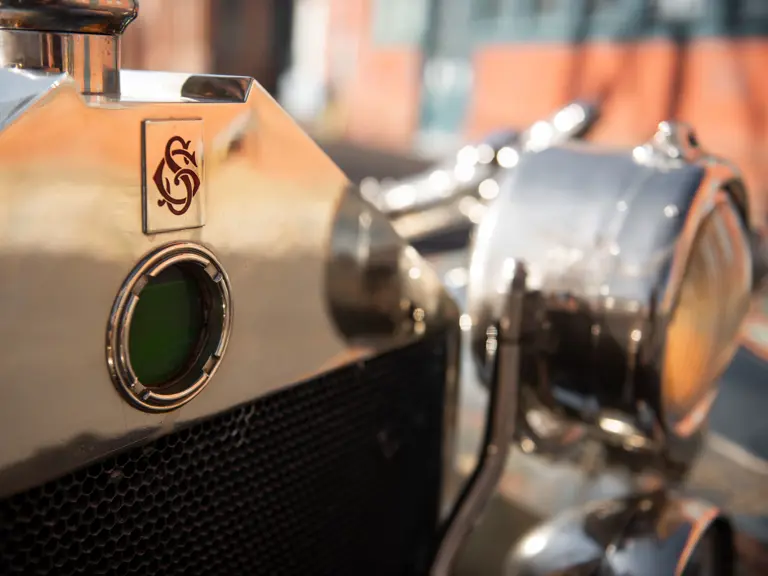

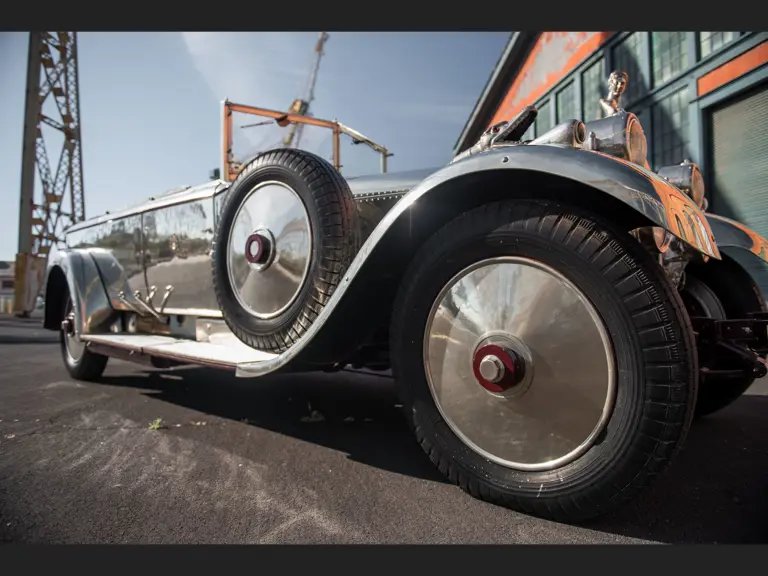
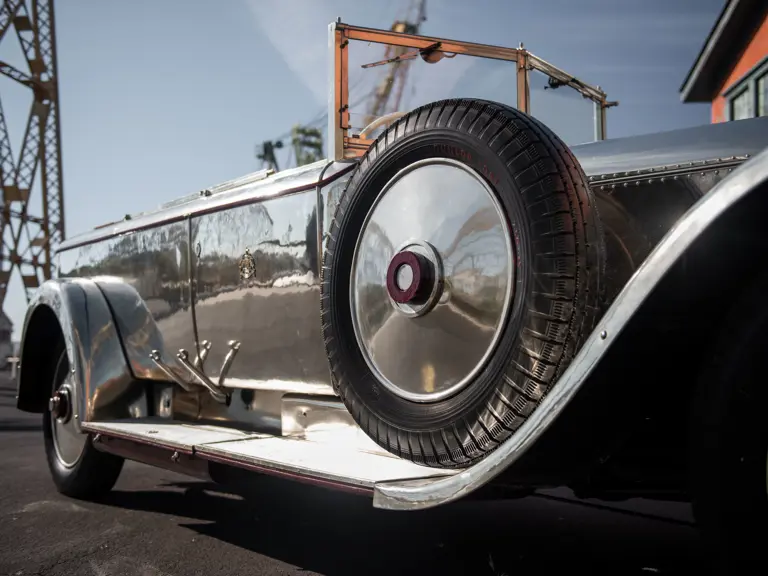
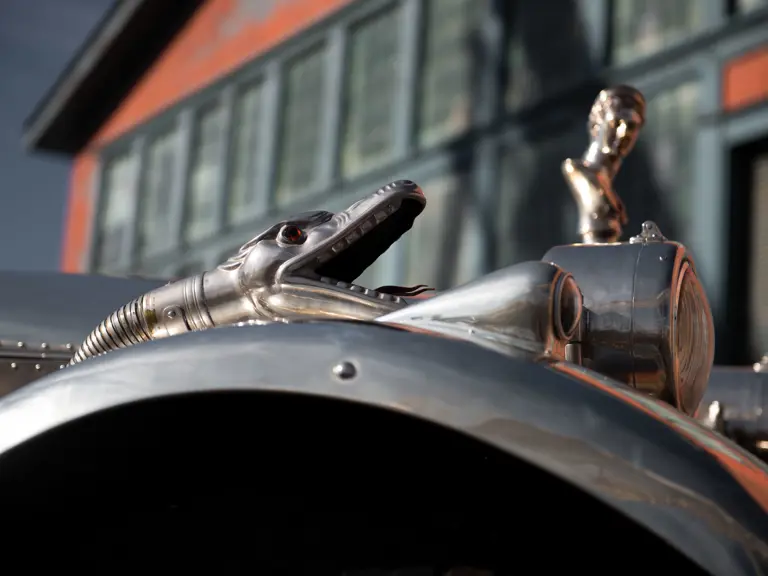
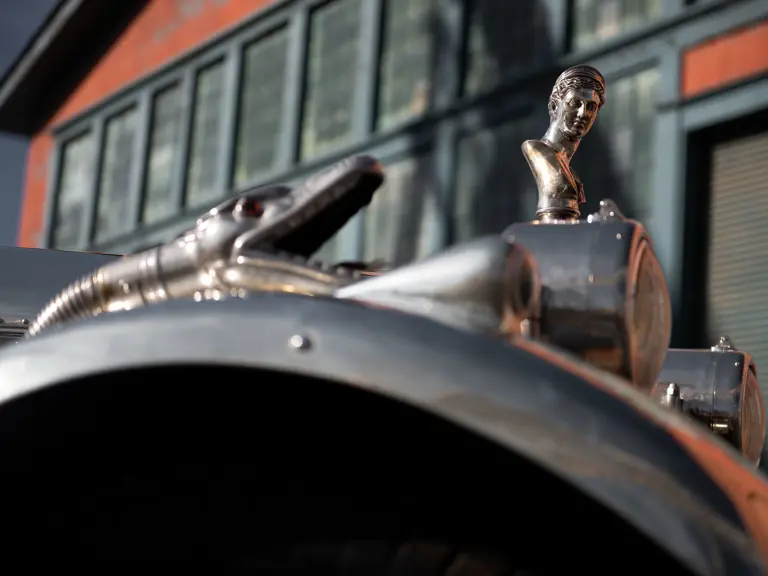
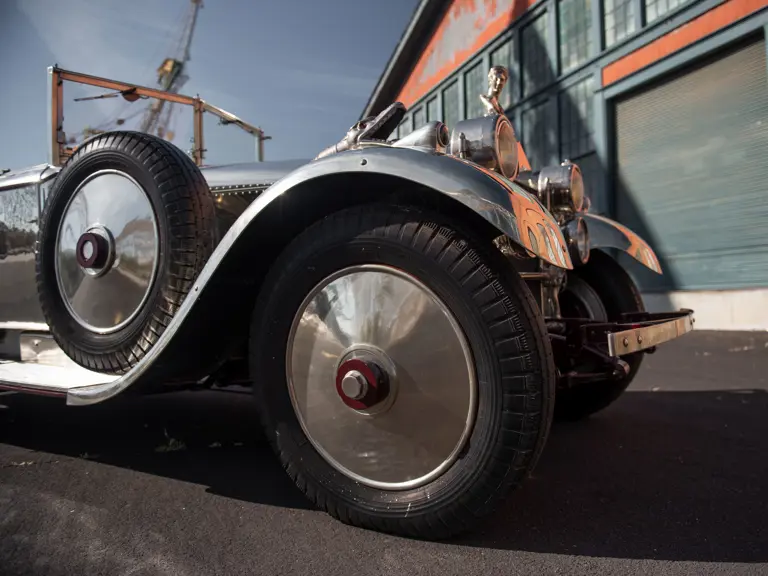

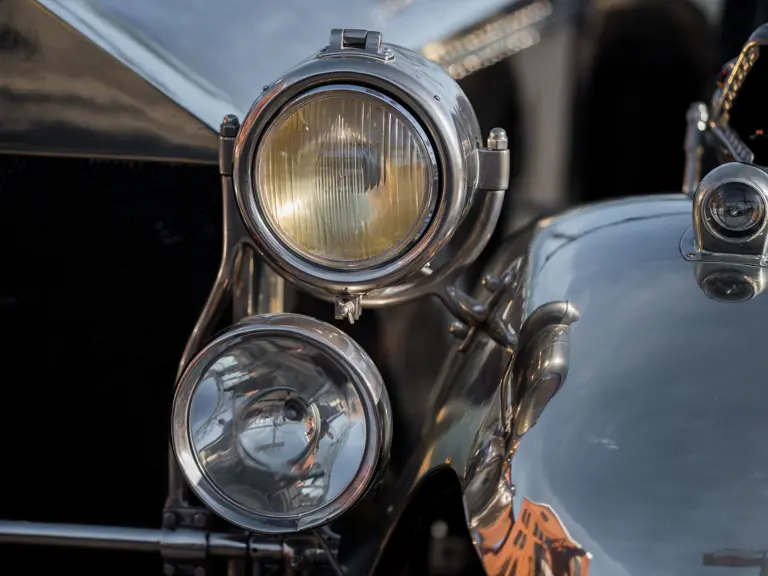
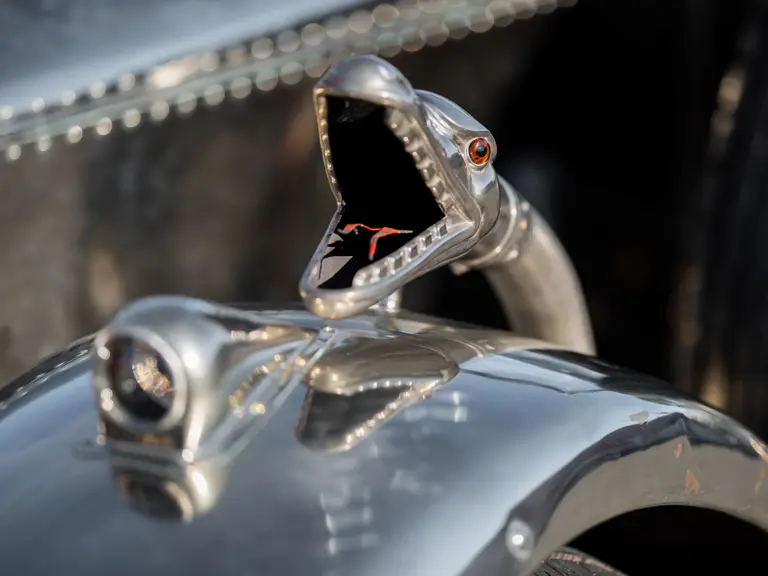
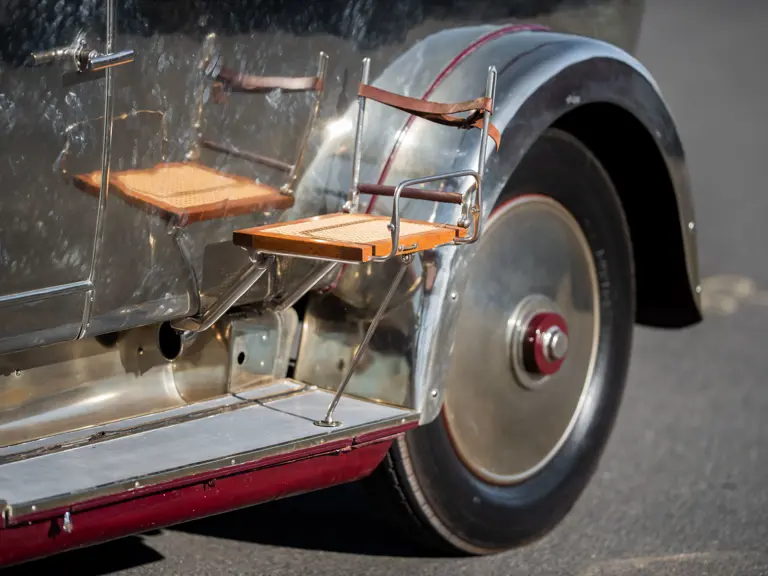
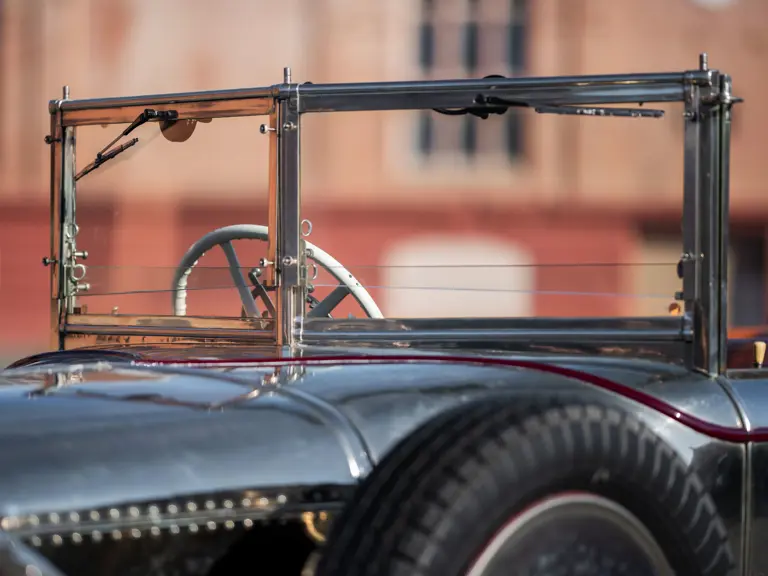
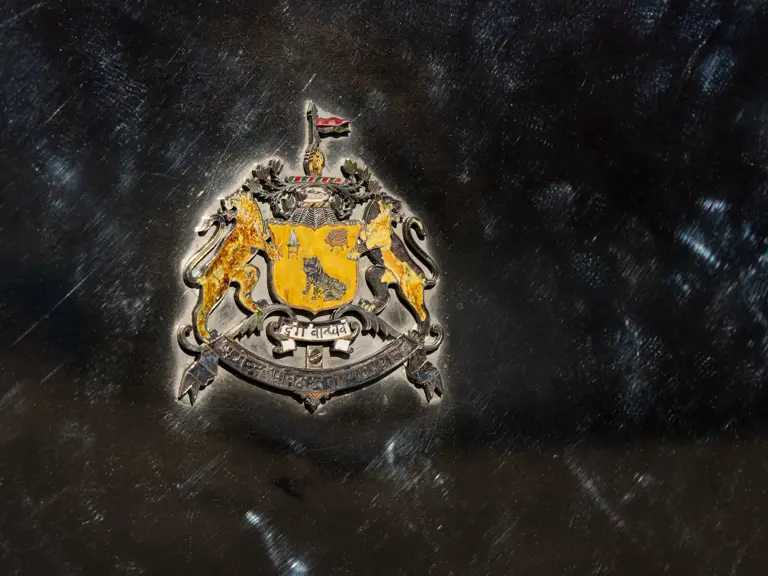

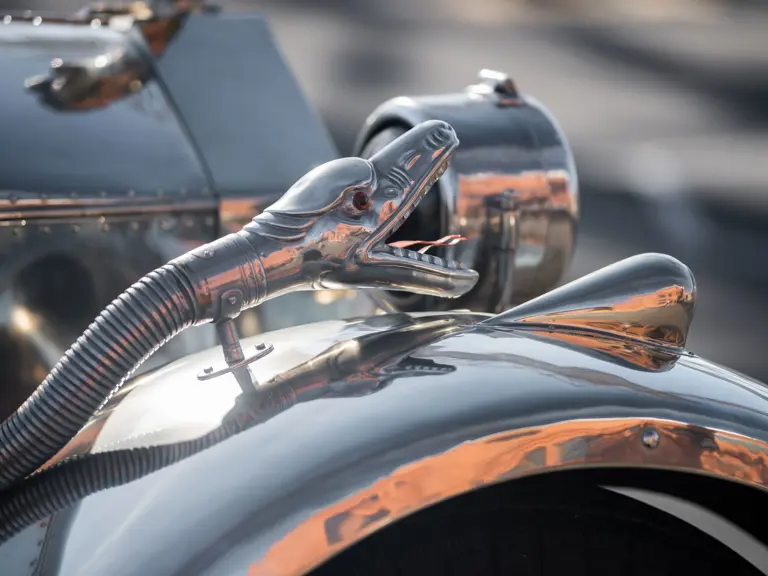
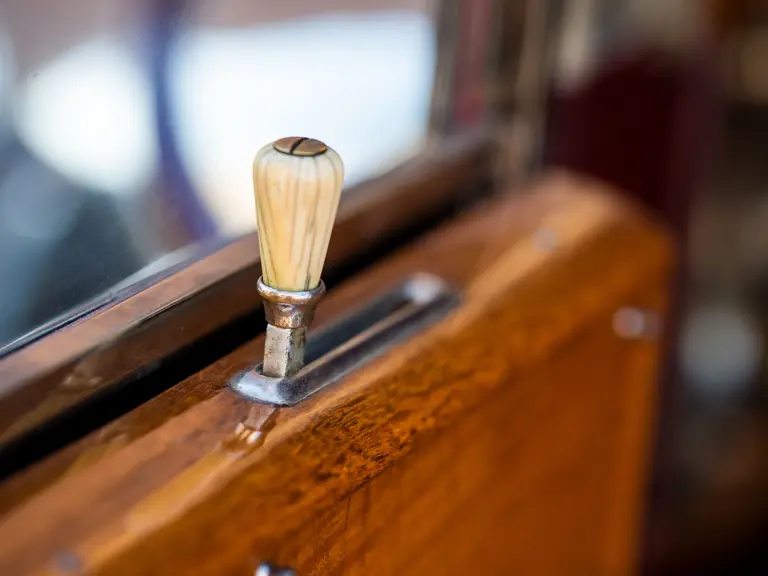

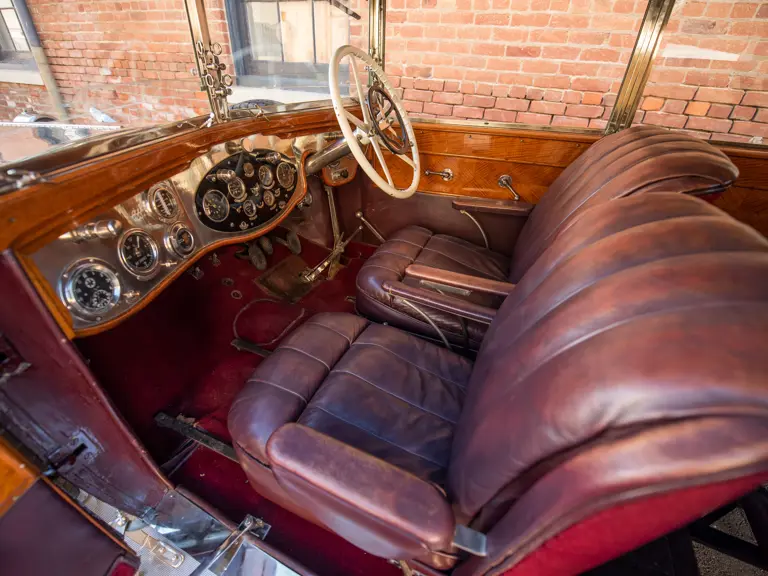
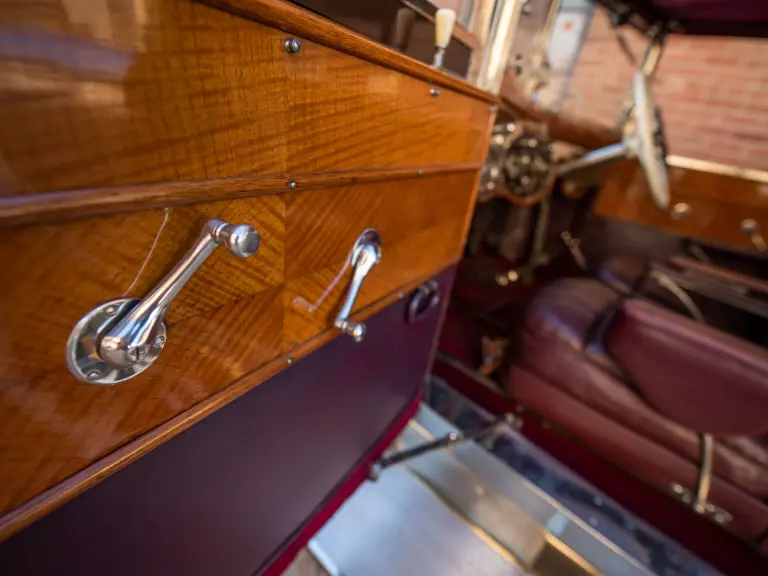
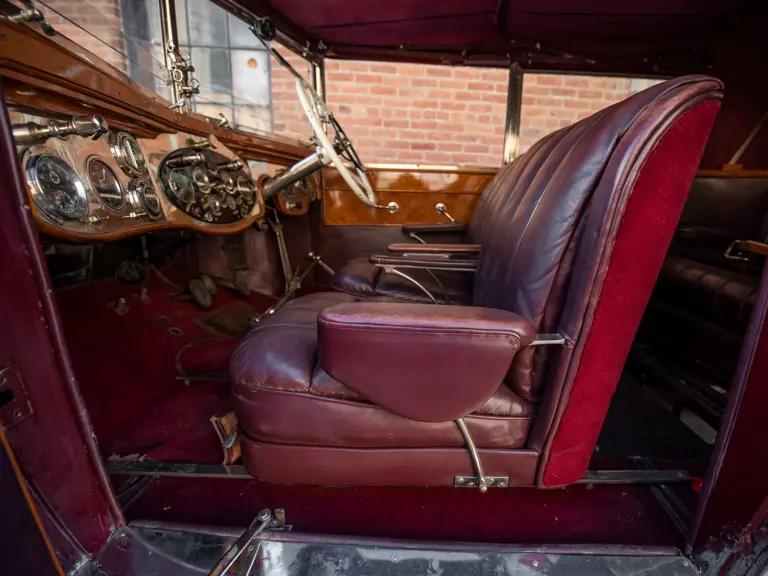
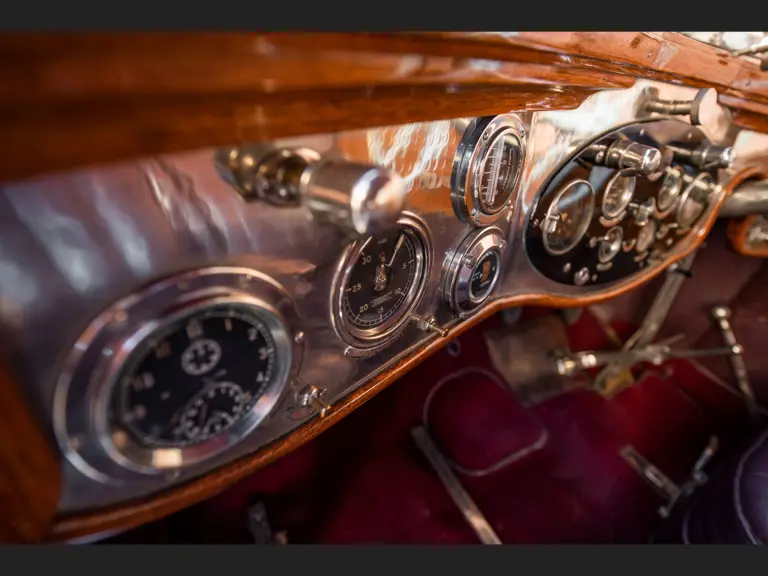
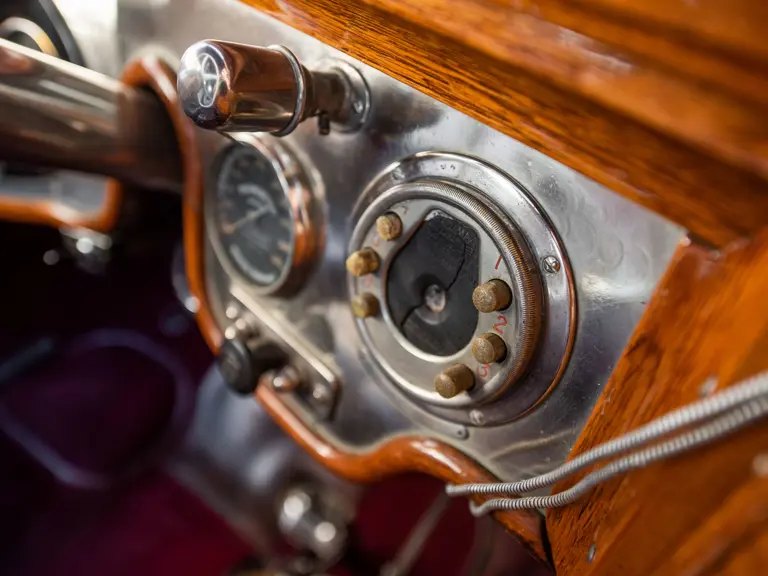
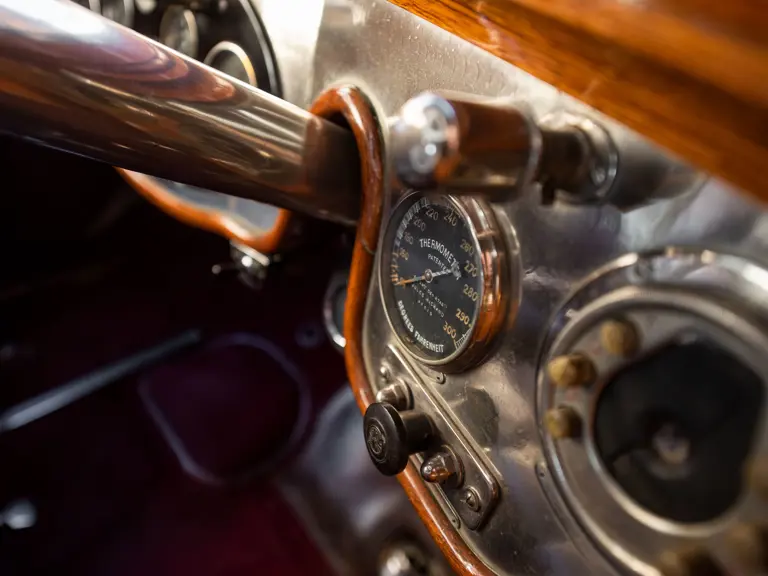
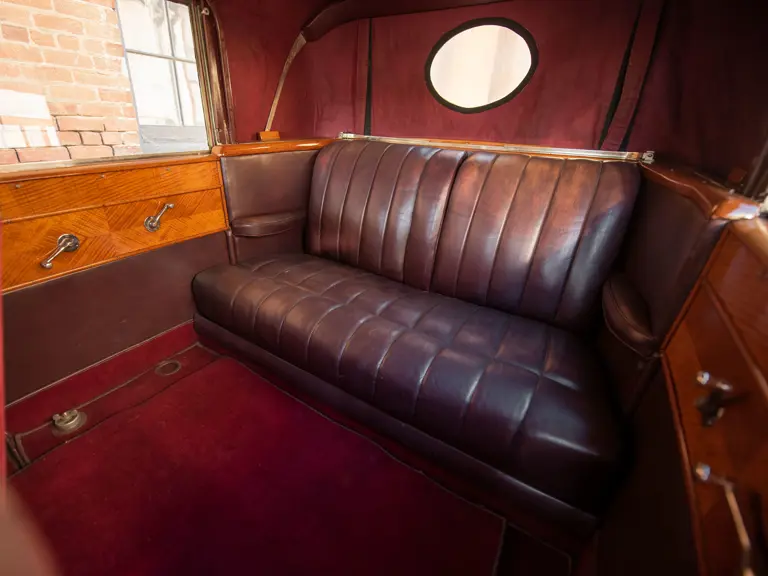
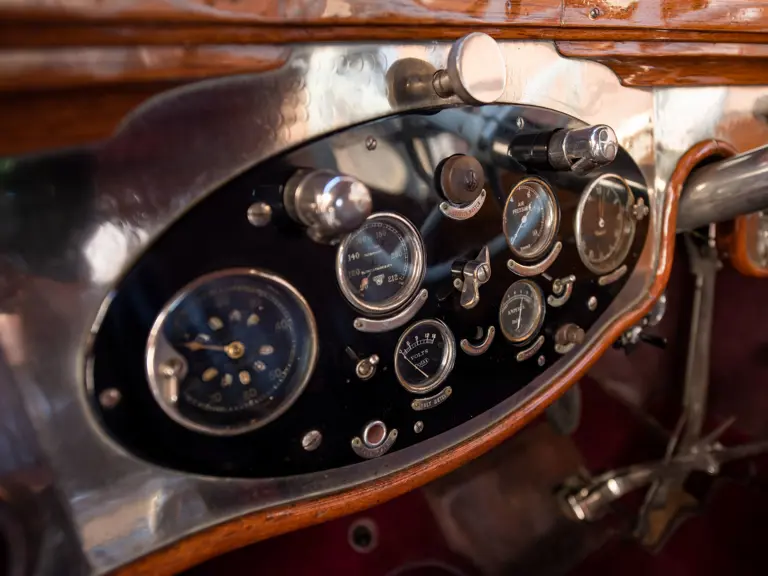

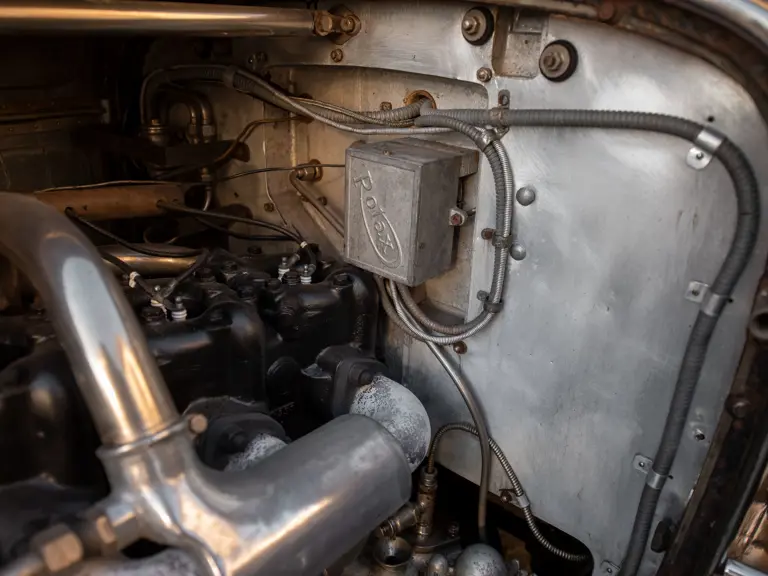

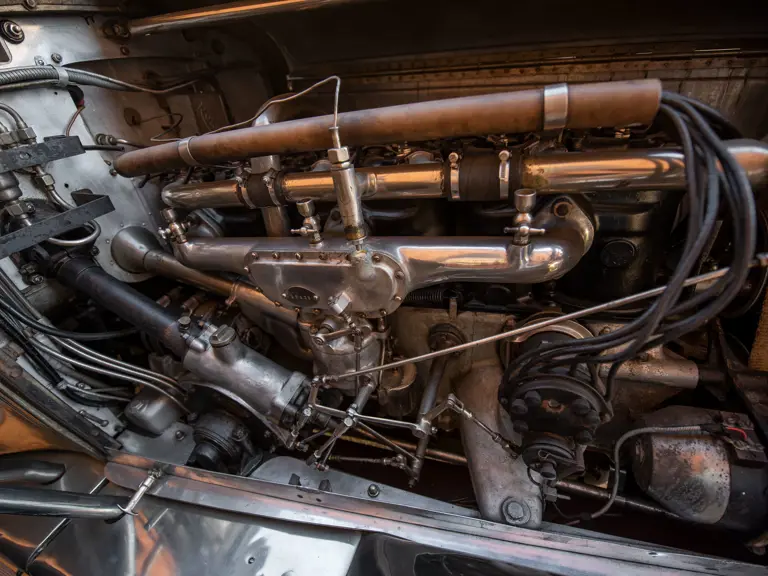
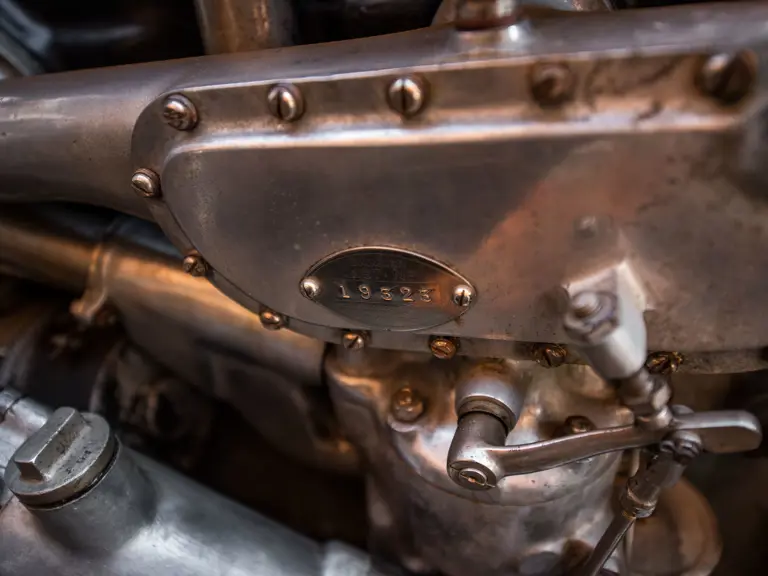
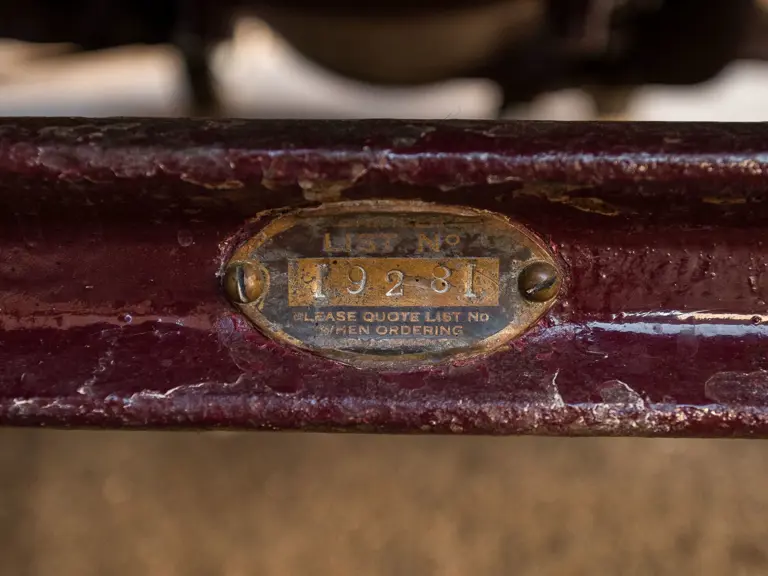

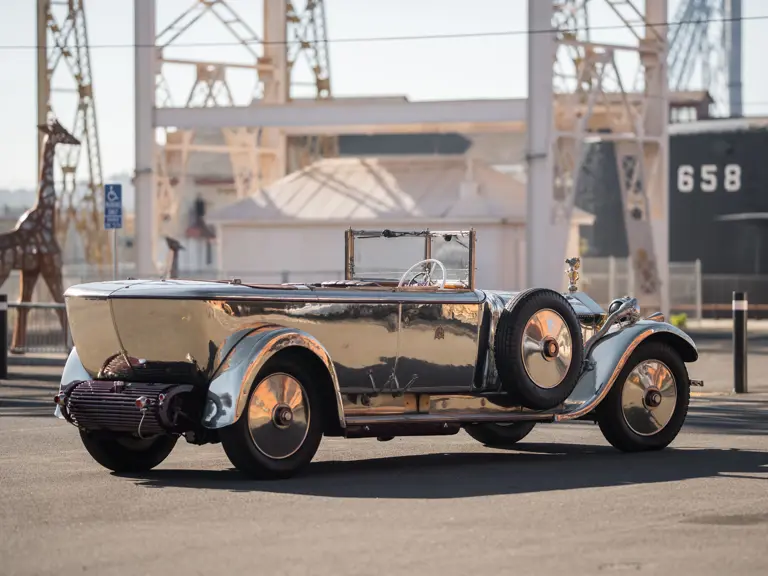
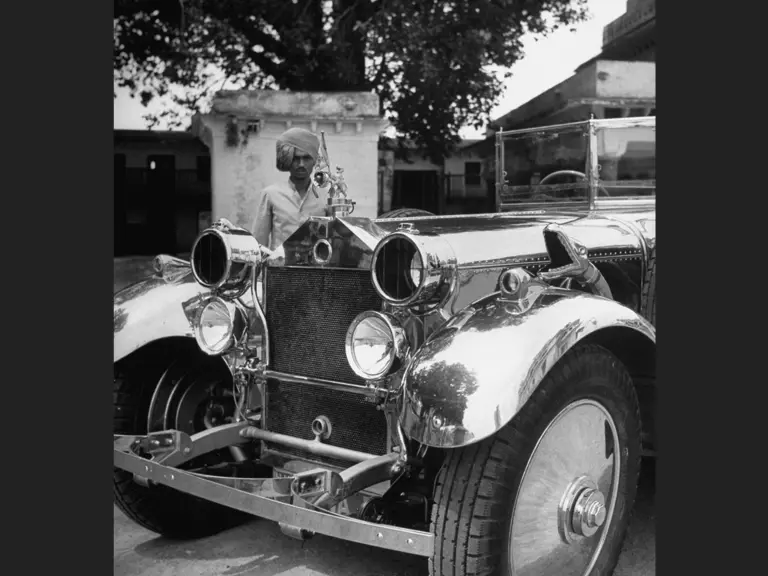
 | Monterey, California
| Monterey, California
